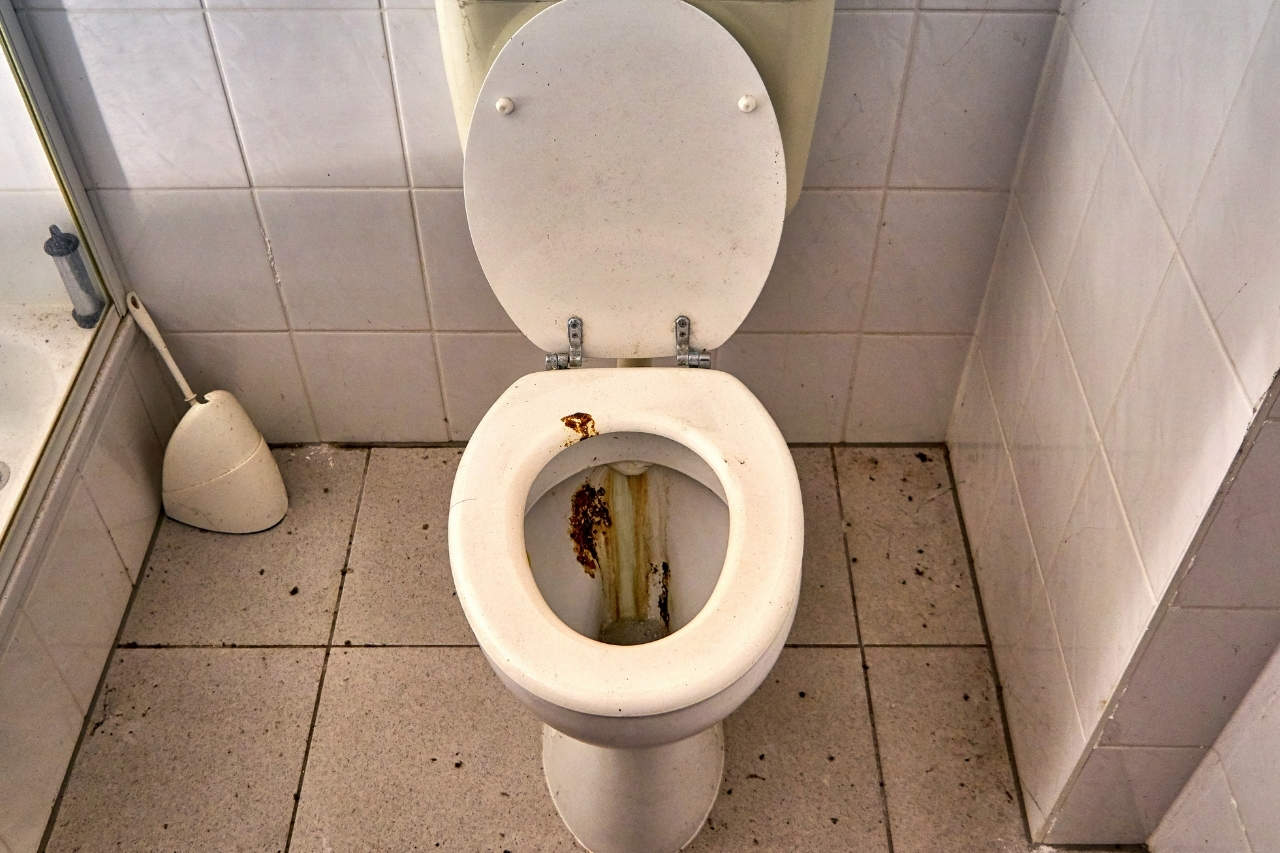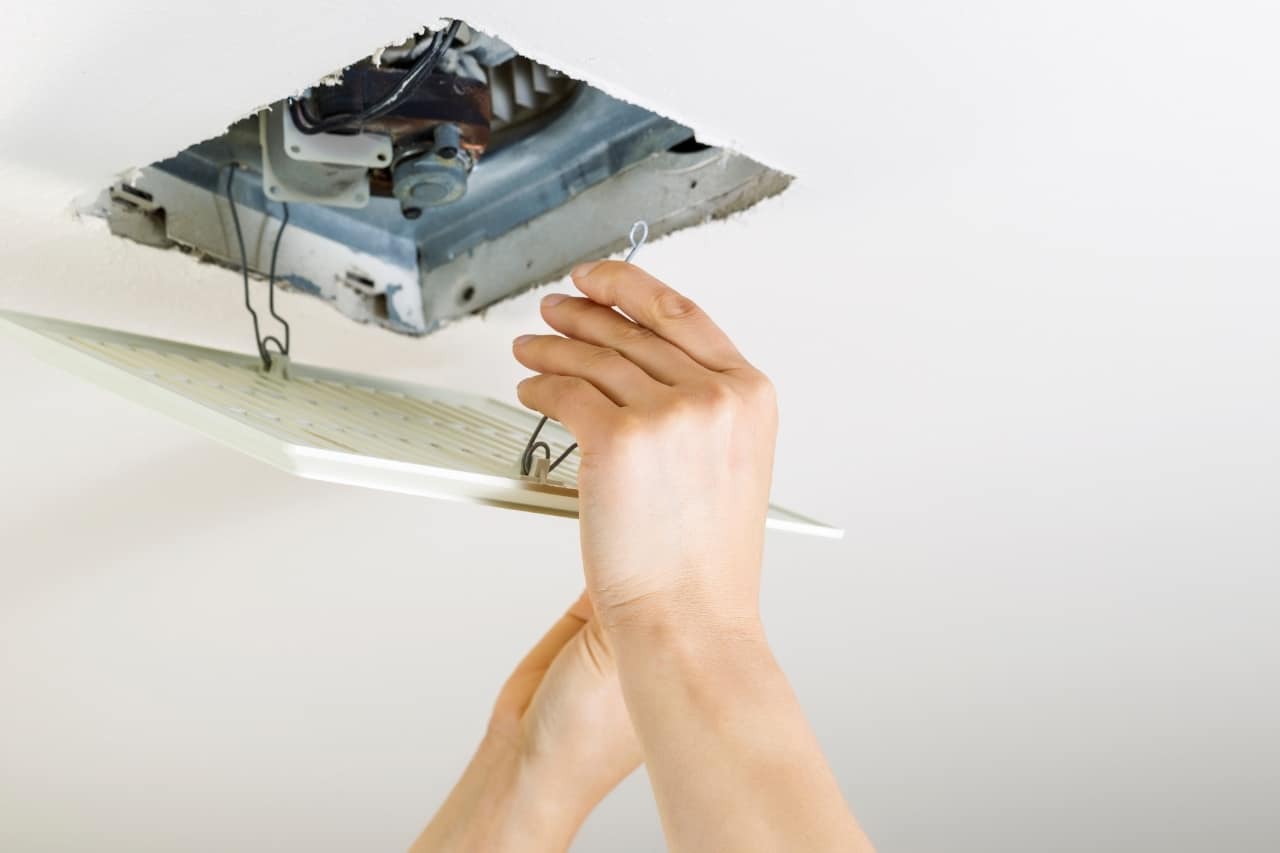Why Is My Toilet Tank Not Filling

homedude is reader-supported. When you buy through links on our site, We may earn an affiliate commission. Learn more
When your toilet tank isn’t filling, it leads to an incomplete flush, and you can wait forever for it to refill. Plus, too many poor flushes can lead to bigger problems, like clogs. Luckily, most reasons for a toilet tank not filling are relatively simple DIY fixes.
If your toilet tank isn’t filling, it could be an issue with the fill valve or poor floater placement. These are simple to adjust to try and solve the problem. However, the issue could also spring from low water pressure, dirty pipes, or a damaged trip assembly.
Your first step in getting your toilet to refill as it should is to determine the problem. It’s certainly wise to resolve the issue as soon as possible to avoid further frustration. Plus, if you ignore the problem, it’s likely just to get worse and become more annoying.
Reasons Your Toilet Tank Is Not Filling
The average time it takes a toilet tank to refill is about 60 to 90 seconds. If you have lower water pressure in your home, it’s not uncommon for the refill to take two to three minutes. However, if your toilet tank isn’t filling or it’s taking painstakingly long to do so, there’s a problem.
The good news is, regardless of the issue, you’ll likely be able to fix it at a relatively low cost. You also can handle most of the solutions yourself in a short amount of time.
Here are the most common things to check when your toilet tank is not filling and what you can do about them.
1. Check The Water Supply Valve

Sometimes, your toilet might be refilling slowly simply because the water supply valve is partially closed. The supply valve is the knob located on the wall behind your toilet tank.
If the valve isn’t open all of the way, it will take much longer for water to enter the toilet tank. In fact, this is one of the most commonly found reasons for this issue.
So, before you do anything else, check the supply valve and make sure to turn it all the way counter-clockwise.
2. Check Inside The Toilet Tank

Another place to check before you get too involved in your investigation is inside the tank. If it’s dirty or corroded, it could be causing issues with the refill process.
You may even discover a curious kid added a toy or two inside as a fun surprise. So, make sure there aren’t any rubber duckies or other debris taking up space in your toilet tank.
If you notice large objects, remove them. Otherwise, if it’s a dirty tank, you need to clean it.
Cleaning The Inside Of The Toilet Tank
First, shut off the water supply and flush to empty the tank as much as possible. Clean the inside of the tank, including the flapper, with your preferred disinfectant cleaner. But if you notice a lot of buildup on the tank’s interior, flush it with white vinegar first.
With the tank empty, fill it up to just below the overflow tube with white vinegar and let it sit for at least 12 hours. Note: You can’t flush during this time, so make sure you have another toilet available for use. Or, at least remember not to flush.
After 12 hours, flush the toilet two or three times to get rid of all the vinegar. Then, proceed to clean the tank with the disinfectant. Avoid spraying it on any metal parts inside the tank.
Follow the manufacturer’s instructions, which typically recommends letting the cleaner sit for 10 to 15 minutes. Then, using a clean scrub brush, start scrubbing every nook and cranny of the tank’s interior.
You can use a damp sponge to gently clean the toilet parts, like the flapper, as well. Once you’re finished scrubbing, turn the water on, let the tank fill, and flush it a few times to rinse.
3. Check The Floater

The floater inside the toilet tank is responsible for keeping the water at a certain level. When water fills the tank, it causes the floater to rise, and when it reaches a certain point, it stops the water.
In many toilets, you’ll notice a floater ball that floats on the water’s surface. However, in modern toilets, there’s no more ball. Instead, you’ll find a float cup around the fill valve. The float cup works under the same principle as a float ball.
If your toilet has a float ball, it could be too low, allowing in too little water. Typically the ball attaches to a bendable float rod which you can bend upward to lift the ball.
In some cases, if the rod is not bendable, check for a mechanism that enables you to change the ball’s placement. However, if the ball itself is damaged, you’ll need to replace it. Note that you may want to consider replacing your toilet tank parts with more modern ones if this is the case.
If your toilet features a float cup, there should be a clip attached to the fill valve. You can pinch this clip to adjust the cup down or up to achieve the desired water level.
4. Check The Fill Valve

Your toilet’s fill valve determines how much water can come into the toilet tank. If the valve is too tight, it won’t allow in very much water. The water level should be about one inch below the overflow tube.
You also want to ensure the fill valve is level and secure, and attached appropriately to the tube. If you have an older toilet with a float ball, you need a screwdriver to adjust the valve.
Turn the adjustment screw slightly to the left (counter-clockwise) to loosen it and lift the valve. Then, tighten the screw back into place. Raising the valve should allow more water into the tank.
If you have a modern toilet with a float cup, the fill valve should have a knob that you can turn to adjust the level. However, if the fill valve is cracked or damaged, you’ll need to replace it. If it’s dirty, you’ll need to clean it.
Cleaning A Dirty Fill Valve
If the water level is set correctly and you’re still having issues with your toilet tank filling, your fill valve could be clogged or dirty. This is more than likely since dirt and sediment can build up over time. If this is the case, you need to clean the valve.
Turn off the water supply to the toilet. Clean the valve’s exterior with white vinegar and a soft toothbrush, then rinse it with warm soapy water.
Take apart the valve, removing the float cup and cleaning it. Then, hold a cup (not the float cup) upside down over the opening of the valve. Turn the water supply back on to help clear debris from inside of the valve.
Finally, shut off the water, reassemble all the parts, turn the water supply back on, and flush.
5. Check The Trip Assembly

A toilet’s trip assembly refers to the parts coming from the toilet handle down to the valve seat in the tank. If you have a faulty trip assembly, you’ll get a poor flush, and your tank won’t refill.
Any part of the assembly can cause issues, but the most common is the flapper chain. If the chain is too tight, it won’t allow the flapper to fully close, continuing to empty the tank. You want to make sure the flapper chain is not too tight but not too loose.
It could also be that the trip lever is broken or cracked, or you might need a new flapper or chain. These mechanisms are simple to replace; just follow the instructions with the specific parts you buy.
6. Check The Water Pressure

If you have low water pressure, it will lead to a slow-filling tank. Assuming you already checked your water supply valve and it’s fully open, you could be dealing with a clog or dirty pipes.
You can check your clean-out line and try using a plumbing snake to dislodge or pull out any debris clogging the pipe. Or you can run water through the line using a high-pressure nozzle on a garden hose.
If dirt and debris build-up is the issue, this can help clean out the line. But, you could also have a leaking or broken pipe, in which case you’ll need to replace them.
Consider Calling A Plumber For A Slow-Filling Toilet Tank If…

While most fixes for a toilet tank not filling are easy DIY tasks, there are times you might prefer to call a plumber.
- Call a plumber if you simply don’t want to deal with any plumbing yourself or are unsure about replacing any of the toilet’s guts.
- Check for leaking from the toilet tank; there could be a hairline crack. If this is the case, to avoid further damage, have a plumber assess the situation. You might be able to seal the crack from inside the tank, or you may need a new toilet.
- If you believe you have broken or leaking pipes, call a pro to ensure everything is addressed correctly and up to code.
- A persistent clog that won’t budge no matter what you do will need the expertise of a skilled professional.
- Call a plumber for issues with your water supply valve, whether it’s leaking, broken, or not turning properly. Also, if you turn the valve but it doesn’t stop or start the water flow to the toilet.
Frequently Asked Questions
What is the average lifespan of a toilet?
As long as you take care of your toilet, it can last for as long as 50 years. Although, you likely would want to replace it before then for other reasons, like the style or special features. On average, you can expect toilets to last for about 20 to 30 years.
Why am I having flushing problems with my low-flow toilet?
Low-flow toilets often get a bad rap for not flushing well, but it’s all about how old it is. Newer low-flow toilets have become highly efficient.
But if your toilet is from 1994 (the introduction of low-flow toilets) to 1997, it might need a helping hand. You might need to flush it twice to get in a good flush when needed.
However, you can still face some flushing problems, usually due to not enough water in the tank, a clog, or a loose flapper chain. Check that the chain is tight (but not too tight) and ensure the fill valve is set one inch below the overflow tube.
If the stamp on the inside of your low-flow toilet’s tank shows a manufacture date of 1994 to 1997, consider getting a new toilet.





